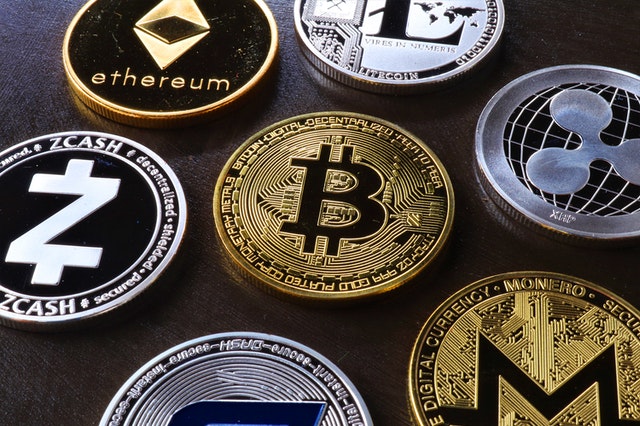What Is SegWit2x? The answer is simple. It’s an alternative implementation of the bitcoin protocol that attempts to resolve some of the issues that have been surfacing with the original bitcoin software. Specifically, SegWit2x attempts to provide a smoother user experience and increase efficiency through several measures.
One of the most-bargained topics among bitcoin maximalists is the increasing block size. Proponents of increasing the block size advocate that it will be an effective way to curb spam and keep users’ transaction costs under control. But some in the community to question how effective this measure would be in the long run. They argue that increasing the block size could lead to centralization due to miners having control over a large percentage of the network. They could also restrict freedom of expression as well as hamper economic activity.
SegWit is an improvement to the bitcoin protocol that tries to resolve these two concerns by changing the way transactions are processed. As opposed to the bitcoin core which utilizes a “proof of work” system, SegWit2x relies on a “code of practice” approach. This is a contentious issue, since some in the community believe it could split the coinage into two separate currencies, though others are forking the project to create a new virtual currency altogether. SegWit is based off of the bitcoin fork that was released in July. The major difference between the two forks is that the original bitcoin fork was changed to increase the block size and the latter was changed to increase the ability for users to test the protocol. In doing so, developers created what is now known as the bitcoin testnet.
When the bitcoin testnet was released, many traders and investors were skeptical about the future success of this project, calling it nothing more than a risky investment. Investors began dumping their stocks and pulling out of the entire investing market while the price of the coin dropped. As the controversy grew, the government took a position on the situation, filing a legal suit against three unnamed individuals who were the driving force behind the creation of the fork. One of the individuals was the chief executive of a mining pool called Antpool. He had tried to implement SegWit on his pool without the consent or guidance of the hash algorithm’s authors, resulting in the creation of two new coins.
By the time the news hit traders were left scrambling to sell off their B2X pairs at the most lucrative prices. Some investors resorted to selling their bitcoins at the present exchange rate, even though the current exchange rate for B2X is much less than the average cost of trading. Others have decided to hold onto their bitcoins for the time being, hoping that the situation will eventually clear up. However, even with the recent volatility, there are many reasons to purchase and trade bitcoins, regardless of whether or not the forks happen.
The most notable thing that you will notice about the two different chains is that they are both facing hard forks. In the case of bitfinex and altcoin, users must choose which fork they will support. If the fork doesn’t happen on time, both bitfinex and altcoin will be unusable. This would leave the smaller bitfinex exchange as the only place for investors to trade. The news makes this situation even more interesting since it is expected that the new chain will be far superior to both bitfinex and altcoind due to the superior technology and algorithm that underpin it.
If you’re holding a position in either of the two competing forks, you may want to consider selling your bitcoins before the fork takes place. Right now, there are a number of conditions that you need to meet in order to get b2x. You have to be near the size of the longest chain which is currently over fifty percent of the current size. Therefore, if you plan on selling your coins before the fork, you’ll need to be near the size of the biggest block.
SegWit2x was created as a solution to the problem faced by the bitcoin miners. The problem was that the major mining pools all controlled a huge portion of the hashrate. Because of this, the small miners had virtually no chance of ever reaching the hashrate of the big miners. Because of this, the smaller miners had to rely on less secure nodes or hire brokers to transfer their transactions to the bigger ones. Because of these problems, a new solution was needed to ensure that the smaller miners could continue to compete with the bigger ones.















